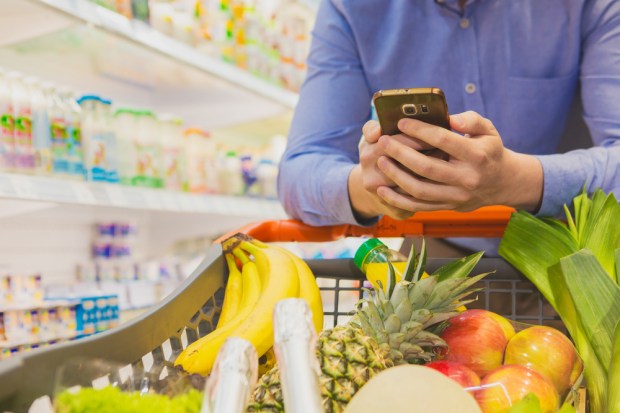IoT Infrastructure Is About To Take Off

20 Billion: That’s the projected number of Intelligence of Things devices projected to be in use by 2020.
It’s almost a cliché at this point to say everything is getting “smarter.” But that doesn’t mean it’s untrue, especially when it comes to the emerging Intelligence of Things ecosystem.
When it comes to tech, vision often outstrips reality, with press releases and splashy launches used as a substitute — or head fake — for actual progress. It’s becoming harder to say that about the Intelligence of Things, even though some uses are further along than others.
That refers to web-connected devices in homes, vehicles, stores and other locations that are designed to do a variety of tasks, such as reordering common household products, saving energy and utility costs, offering personalized discounts and avoiding accidents on the road. It even applies to airports: As noted in the latest “Intelligence of Things Tracker” from PYMNTS, two cargo carriers plan to use IoT technology to track the condition of sensitive pharmaceutical packages inflight, and in real time.
The grocery segment is an example of how IoT might work in one of the common activities of consumer life.
Supermarkets deal in products with a very limited shelf life, and must keep items moving out the door. Combining in-store IoT offerings with analytics that help with discounting and other marketing campaigns could provide a solution. This could aid retailers with time-sensitive inventory in reaching the consumers who are most receptive to a promotion, hopefully ensuring that they act soon and buy before the expiration date.
That’s why Adobe Experience Cloud is testing a cloud-based platform to help businesses with large brick-and-mortar footprints to provide customers with more targeted in-store marketing and services. This would allow retailers to identify the customer profiles most likely to take advantage of particular offers, going beyond one-size-fits-all couponing campaigns to send in-store promotions to customers in the middle of shopping — the time when they’re most likely to make or add to a purchase.
That’s just one example of many ongoing and potential uses of IoT technology. And that’s not to say development of a wider IoT ecosystem will go smoothly — significant, unresolved issues about privacy and security, for instance, still remain. And it will take time to get multiple IoT pieces — sensors on roads, for instance, or smart appliances — into place.
But as the PYMNTS Tracker shows, the IoT wave is coming.
